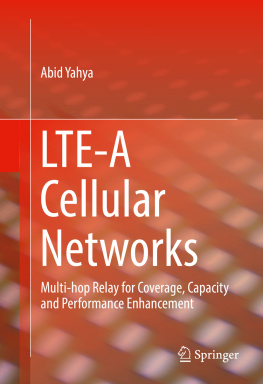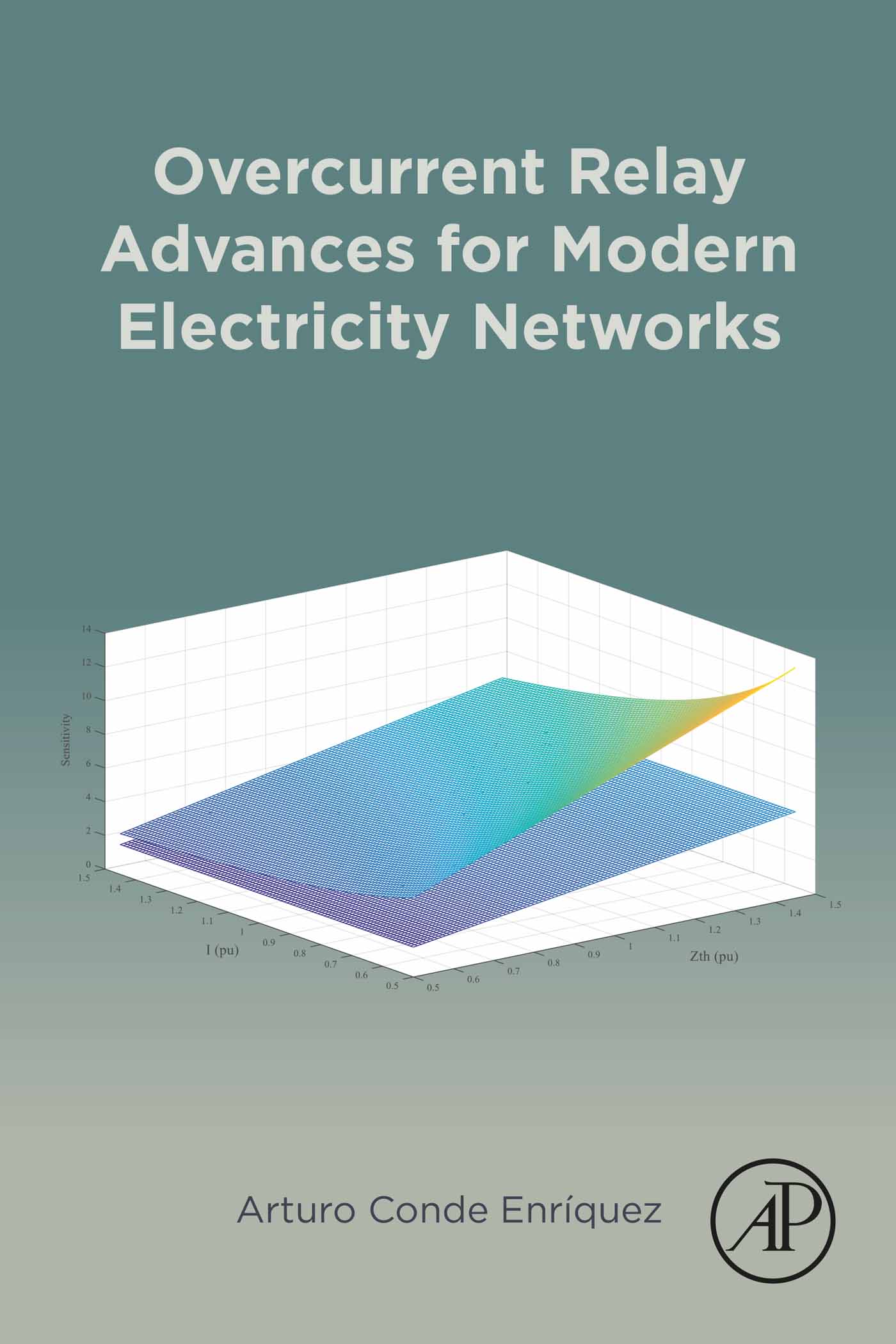Copyright
Academic Press is an imprint of Elsevier
125 London Wall, London EC2Y 5AS, United Kingdom
525 B Street, Suite 1650, San Diego, CA 92101, United States
50 Hampshire Street, 5th Floor, Cambridge, MA 02139, United States
The Boulevard, Langford Lane, Kidlington, Oxford OX5 1GB, United Kingdom
Copyright 2023 Elsevier Inc. All rights reserved.
No part of this publication may be reproduced or transmitted in any form or by any means, electronic or mechanical, including photocopying, recording, or any information storage and retrieval system, without permission in writing from the publisher. Details on how to seek permission, further information about the Publishers permissions policies and our arrangements with organizations such as the Copyright Clearance Center and the Copyright Licensing Agency, can be found at our website: www.elsevier.com/permissions.
This book and the individual contributions contained in it are protected under copyright by the Publisher (other than as may be noted herein).
Notices
Knowledge and best practice in this field are constantly changing. As new research and experience broaden our understanding, changes in research methods, professional practices, or medical treatment may become necessary.
Practitioners and researchers must always rely on their own experience and knowledge in evaluating and using any information, methods, compounds, or experiments described herein. In using such information or methods they should be mindful of their own safety and the safety of others, including parties for whom they have a professional responsibility.
To the fullest extent of the law, neither the Publisher nor the authors, contributors, or editors, assume any liability for any injury and/or damage to persons or property as a matter of products liability, negligence or otherwise, or from any use or operation of any methods, products, instructions, or ideas contained in the material herein.
ISBN 978-0-323-91777-3
For information on all Academic Press publications visit our website at https://www.elsevier.com/books-and-journals

Publisher: Charlotte Cockle
Acquisitions Editor: Graham Nisbet
Editorial Project Manager: Ali Afzal-Khan
Production Project Manager: Prasanna Kalyanaraman
Cover Designer: Mark Rogers
Typeset by STRAIVE, India
Dedication
To my treasures, Roxana and Linda
Preface
This book discusses the application and the improved performance of overcurrent relays to highly dynamic power systems. Advanced solutions such as new adaptive relay designs and new coordination methods are used to solve application problems in electrical networks. This book presents the functional alternatives that allow the relay to be viewed as an active element of the electrical network, modifying the functional structure by incorporating dynamic adjustments according to the quasidynamic state of electrical networks and presenting the formulation of a new relay coordination method.
The operating structure of electrical networks has been modified in recent decades with the interconnection of highly intermittent generation. The application of protection systems presents a challenge for the detection of faults and security, avoiding false operation. Current-based protection is the most widely used in electrical systems, offering phase and ground protection in all voltage networks. Due to its functional simplicity, it is the most affected by highly dynamic operating conditions. The functional improvement of these relays is urgent and highly impactful, incorporating the information available from other locations of the relay to tune in to the current operating conditions of the electrical network.
Current protection systems are functionally passive, with predefined settings that are not adjusted to the dynamic conditions of the electrical network. The use of communication channels has been very favorable to help improve protection performance, either speeding up its operation or avoiding false triggers. Nevertheless, the use of standardized time curves and fixed settings does not always represent the best solution for the diversity of coordination problems of the electrical networks.
The active relay presented in this proposal is conceived as an element that is subject to adaptive adjustment according to the dynamic operating conditions of the electrical network and with optimization strategies for coordination. The implementation of proposed systems for setting and online coordination is aimed at improving the relay operation. Also, the use of nonstandardized time curves offers a wide range of applications that allow to improve coordination. Through it, it is possible to obtain a new coordination method, where the setting of each overcurrent relay is stand-alone, improving operation times and reducing coordination violations.
Because the protection zone of the overcurrent relay is highly dynamic under highly intermittent conditions, there may be protection zones without adequate sensitivity. This has repercussions in undetected faults and in operating times, which, in many cases, impact on the quality of voltage in the electrical networks, triggering a low-voltage load and increasing the operational technical losses of the electrical network. Adaptable schemes that seek protection retuning will manage to monitor and guarantee more sensitive protection zones, reducing fault release times for a better quality of supply. The requirements for the conformation of these monitoring systems of protection zones and the dynamic adjustment of relays are presented.
Finally, the laboratory platform necessary for the functional evaluation of an overcurrent relay is presented. Expensive laboratory and simulation equipment requirements are avoided. It is possible by means of modest equipment to carry out the operational validation of overcurrent relays subject to various operating conditions.
Arturo Conde Enrquez
Nomenclature
A(I) dynamic nonlinear function
A, p, B time curve constants
ACO ant colony optimization
AS adjustable setting
BESS battery storage systems
CC conventional time curves
CIGRs converter interfaced generation resources
CT current transformer
CTI coordination time interval
Cx chromosome
DE differential algorithms
DER distributed energy resources
DG distributed generation
DOCR directional overcurrent relay
GA genetic algorithms
Gk accumulated value of the integrator
GWO gray wolf optimization
H(Ik) relay functions to represent the dynamic disk displacement
HIF high impedance fault
IpickupAdp adaptive load current
Iload load current
Ipickup pickup current of relay
Ipickup_max maximum load current
Iprimary multiple of current
Ireset reset current
Isc short circuit current
IWO invasive weed optimization
J(Ik) relay functions to represent the tap position
kop operation sample
MG microgrid
MOGWO multiobjective gray wolf optimizer
NCC nonconventional time curves
OCR overcurrent relay
OF objective function
PS population size
PSM plug setting multiplier









